If there’s one thing that the foldable smartphone market needs, it’s more options. In the U.S., we really only have two viable choices when it comes to the larger foldable phones and those come courtesy of Samsung’s Galaxy Z Fold 3 and the Microsoft Duo 2. Looking abroad, there are a few more to pick from, including Huawei’s Mate X2, Xiaomi’s Mix Fold, and now, the Oppo Find N.
Oppo had been rumored to be working on a foldable phone for some time, but the company wanted to get things just right before it released its first. The Find N offers a somewhat different take on the foldable form factor, but that’s a good thing. So how well does the Find N stack up against the current “best” foldable in the Galaxy Z Fold 3?
Galaxy Z Fold 3 vs Oppo Find N: Specifications
| Samsung Galaxy Z Fold 3 | Oppo Find N | |
|---|---|---|
| Price | $1799 / $1899 | 7,699 yuan ($1200) / 8,999 yuan ($1400) |
| Cover Screen / Resolution | 6.2-inches / 832 x 2268 | 5.49-inches / 988 x 1972 |
| Main Screen / Resolution | 7.6-inches / 1768 x 2208 | 7.1-inches / 1792 x 1920 |
| Cover Screen Refresh Rate | 120Hz | 60Hz |
| Main Screen Refresh Rate | 120Hz | 120Hz |
| Processor | Qualcomm Snapdragon 888 | Qualcomm Snapdragon 888 |
| RAM | 12 GB | 8 / 12 GB |
| Storage | 256 / 512 GB | 256 / 512 GB |
| Battery | 4400 mAh | 4500 mAh |
| OS | Android 11 | Android 11 |
| Rear camera | Triple-cameras: 12MP, OIS, f/1.8, 1.8μm, (main) 12MP, f/2.2, 123˚, 1.12μm (ultra-wide) 12MP, OIS, f/2.4, 1.0μm, (2x telephoto) |
Triple-cameras: 50MP, OIS, f/1.8, 1.0μm, (main) 16MP, f/2.2, 123˚, 1.0μm (ultra-wide) 12MP, PDAF, f/2.4, 1.0μm, (2x telephoto) |
| Cover Screen Selfie Camera | 10MP, f/2.2, 1.22μm | 32MP, f/2.4, 0.8μm |
| Main Screen Selfie Camera | 4MP, f/1.8, 2.0μm, Under Display | 32MP, f/2.4, 0.8μm |
| Bluetooth | v5.2 | v5.2 |
| NFC | Yes | Yes |
| Dimensions | Unfolded: 158.2 x 128.1 x 6.4mm Folded: 158.2 x 67.1 x 14.4mm |
Unfolded: 132.6 x 140.2 x 8.0mm Folded: 132.6 x 73 x 15.9mm |
| Weight | 271g | 275g |
| Water Resistance | IP68 | N/A |
| Wireless Charging | Yes | Yes |
| Stylus Support | Yes | No |
| Special features | 25W fast charging, 11W Qi wireless charging, 4.5W reverse wireless charging, Side-mounted fingerprint sensor, WiFi 6, sub-6 and mid-band 5G | 33W Fast charging, 15W Wireless Charging, 10W reverse wireless charging, Side-mounted fingerprint sensor, WiFi 6, 5G |
Galaxy Z Fold 3 vs Oppo Find N: Similarities
Instead of strictly comparing specs, we’re going to be looking at what’s the same and what’s different between these two phones. They are both equipped with the Snapdragon 888 chipset, which has been the flagship processor for many of the best Android phones in 2021. Both offer up to 512GB of non-expandable storage, and we have a total of five cameras at our disposal.
Considering the Galaxy Z Fold 3 is Samsung’s third-iteration, it’s had some time to work out the kinks and with the Z Fold 3, we have a hinge that can pretty much be placed in any position. That’s part of what makes the Find N so impressive, as Oppo confirmed that you’ll be able to do the same thing with this new foldable phone.
When it comes to the main displays themselves, both Samsung and Oppo are using LTPO displays complete with 120Hz variable refresh rates. This is one of those things that should be a foregone conclusion, but it’s still good to see Oppo keeping up with Samsung in some regards.
Biometrics won’t be a problem, as both Oppo and Samsung are using side-mounted fingerprint scanners. Thankfully, the trend of in-display scanners hasn’t landed on foldable phones yet, and we’re hoping that it stays that way for a while longer.
Galaxy Z Fold 3 vs Oppo Find N: Differences
There’s a lot to unpack here, and it has everything to do with how Oppo designed its phone to stand out from the competition. Instead of relying on vertically-awkward phones with massive inner displays, the Find N utilizes a much-smaller 5.94-inch AMOLED outer screen. This instantly makes it much easier to use with one hand compared to feeling the need to stretch your thumbs to reach the top.
It’s a complaint that many have had when it comes to the Galaxy Z Fold 3, as the narrow screen can simply be awkward to use, as the slimmer screen ratio just doesn’t play well with all apps. Typing with two hands can be cramped, and even with the gestures to pull down the notification shade, it’s generally just not an enjoyable experience all of the time. Sure, it’s fine for quickly pulling out your phone to turn on your smart lights, but we definitely would prefer to see a wider cover screen in future releases.
Moving to the inner screen, the Find N has another advantage and major difference over the Z Fold 3. When using apps on the Fold 3, you usually need to turn the phone into landscape mode in order to get the full effect. That’s not as much of a problem with the Find N, as this is how the phone was designed. It’s like seeing something like the Galaxy Tab S7 with its selfie camera embedded in the side bezel, meaning that its primary use-case is in landscape mode and portrait mode is more like an “oh that’s nice” feel.
Once the Find N launches later in December, the clock will start ticking to see how well the tear-drop hinge design holds up with the foldable display. Looking at pictures and some of the videos that we’ve already seen show that the creases in the Find N are almost non-existent. The Galaxy Z Fold 3 pales in comparison, as the crease is definitely noticeable and you can even feel it when you run your fingers or an S Pen over the display.
The biggest difference between the Find N and Galaxy Z Fold 3 has nothing to do with specs, or screen sizes, or anything of the sort. It does have everything to do with price. After unveiling the device, Oppo confirmed the Find N will launch at 7,699 yuan, or about $1,200. This puts it in line with the likes of the Galaxy S21 Ultra (without sales) and is definitely more appealing than the $1,800 retail price of the Z Fold 3.
Speaking of the S Pen, this is just one example of how the Galaxy Z Fold 3 is simply a better product overall. Folding phones are truly wonderful, but software execution and additional features can really make or break a device. Another example of how the Fold 3 stands out is in water resistance with its IPX8 rating, something that you won’t find on the Find N.
As for the software integration, it’s no secret that Samsung is the proverbial “king” of throwing the kitchen sink in its devices. But in the case of the Fold 3, it’s definitely for the better, as you can force apps to take advantage of the massive inner screen. Instead of dealing with black bars down the sides of an app like Instagram, you can jump into the settings and make Instagram work the way that it should. It doesn’t appear that Oppo has integrated any such features into the Find N, but that could definitely change over the course of the next year, especially after Android 12L starts rolling out.
While the taller cover screen may be a frustrating experience for some, there’s no denying that Samsung is still working to provide an enjoyable experience. One of the biggest complaints about the Fold 2 was that the Cover Screen was limited to a 60Hz refresh rate, which has since been rectified. Now, the Z Fold 3 sports a 120Hz adaptive refresh rate, something that we really wish Oppo would have integrated into the Find N.
Galaxy Z Fold 3 vs Oppo Find N: Can you pick a winner?
Even though Oppo doesn’t currently have plans to launch the Find N in markets other than China, we would still give the edge to the Z Fold 3. But this is a much closer battle than we honestly expected to see from Oppo’s first iteration. Samsung’s software prowess is what sets the Fold 3 apart from the Find N, as it makes life easier when dealing with apps that haven’t been optimized for a tablet UI.
There’s a lot to like about the Find N, including the super-low starting price, and it really just goes to show that foldable phones don’t need to be more than $1,500. Now, we just have to wait for Samsung to get the memo and continue lowering the price to something a bit more palatable than what we currently have. Samsung’s trending in the right direction after dropping the price of the Fold 3 to $1,800 down from the $2,000 Z Fold 2. But if foldable phones are going to truly hit the mainstream, this is just another step that needs to be taken.

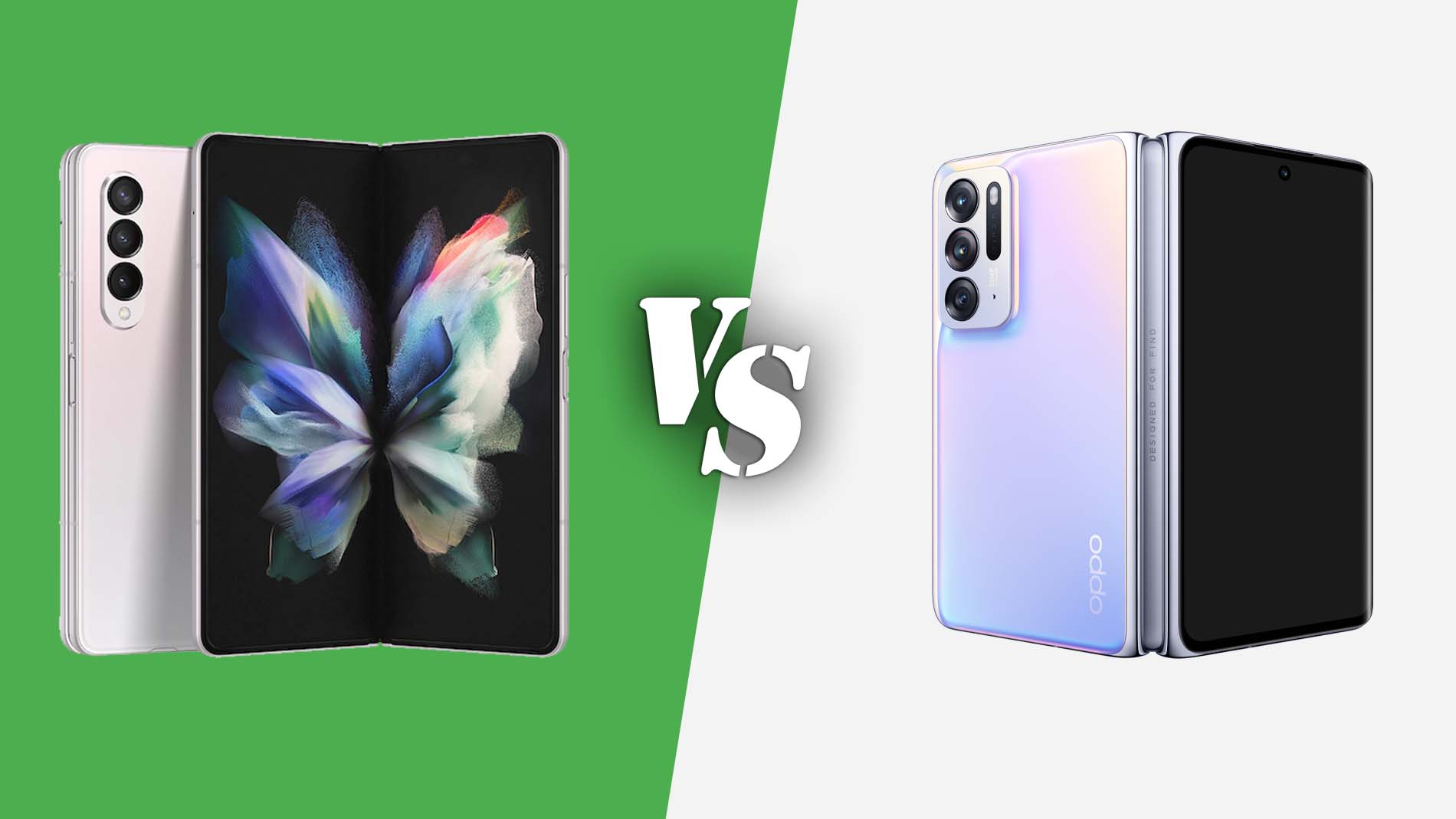
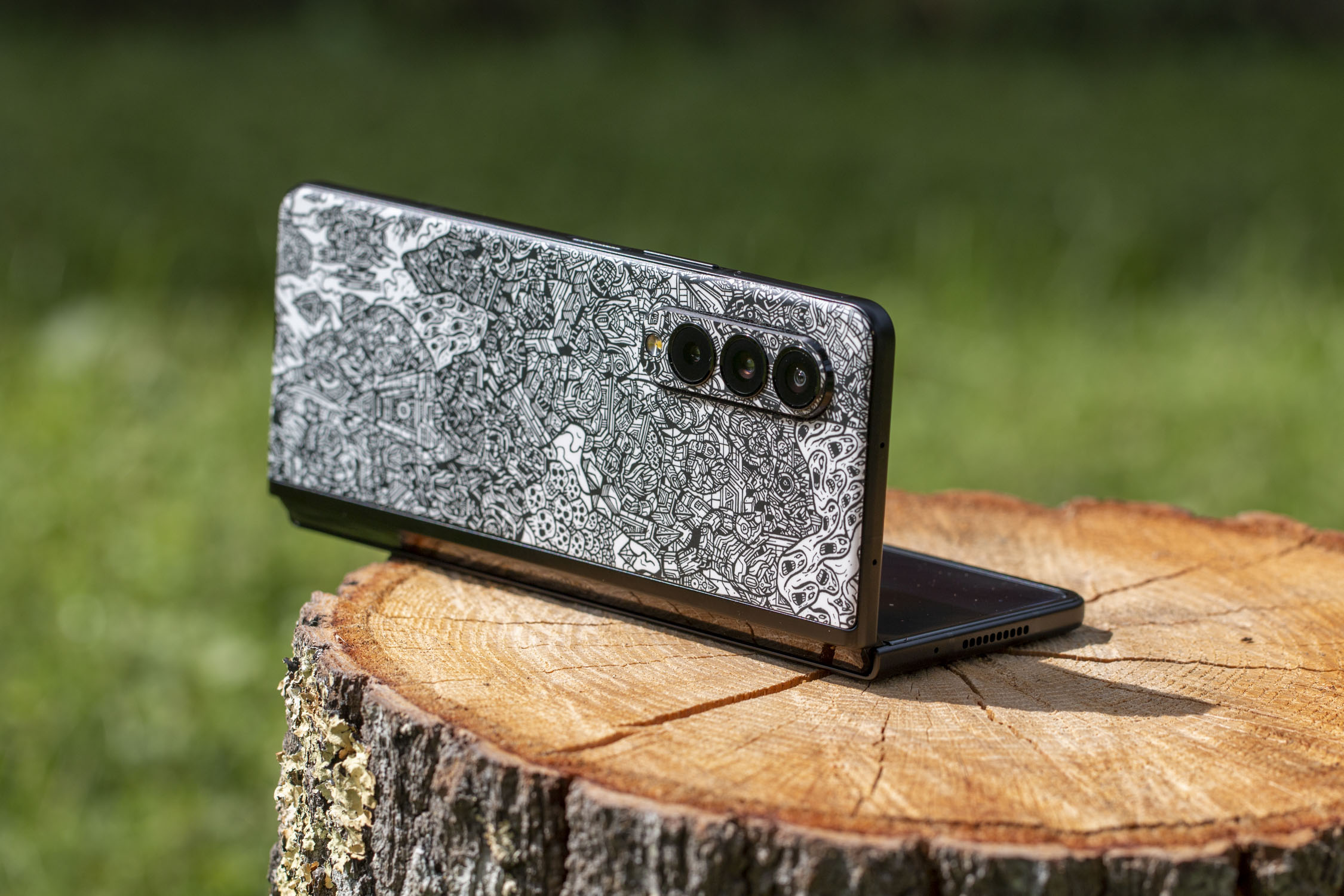
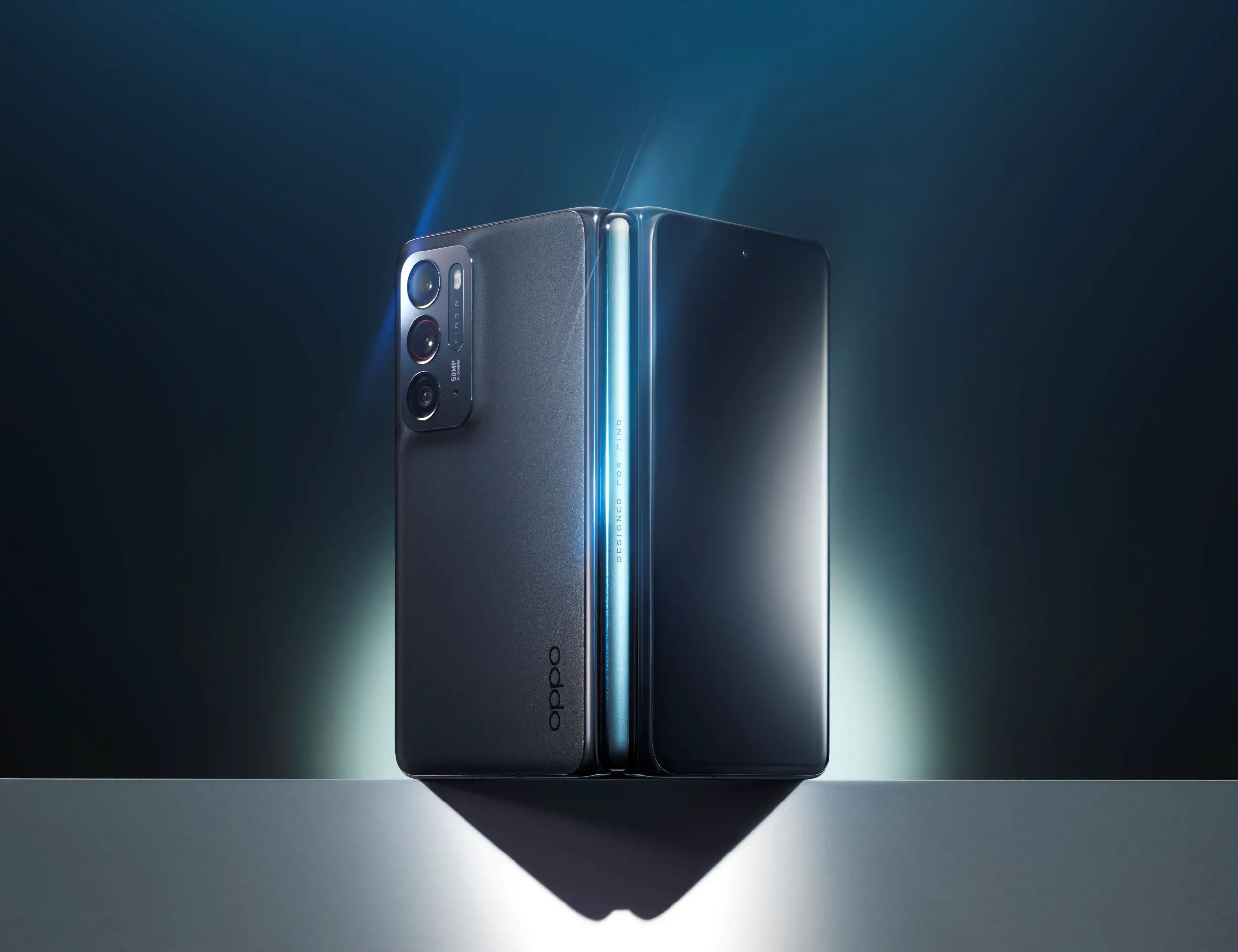

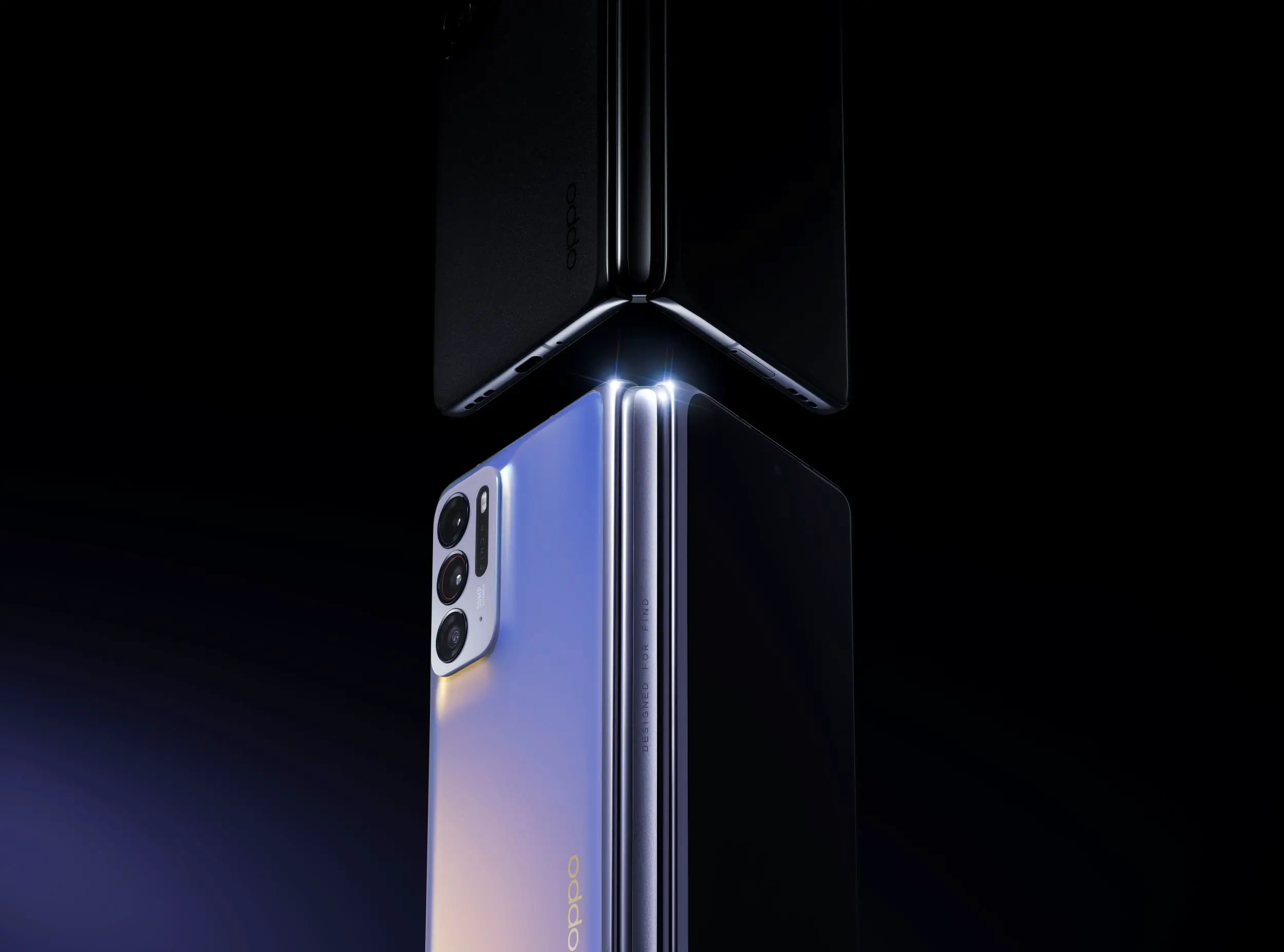
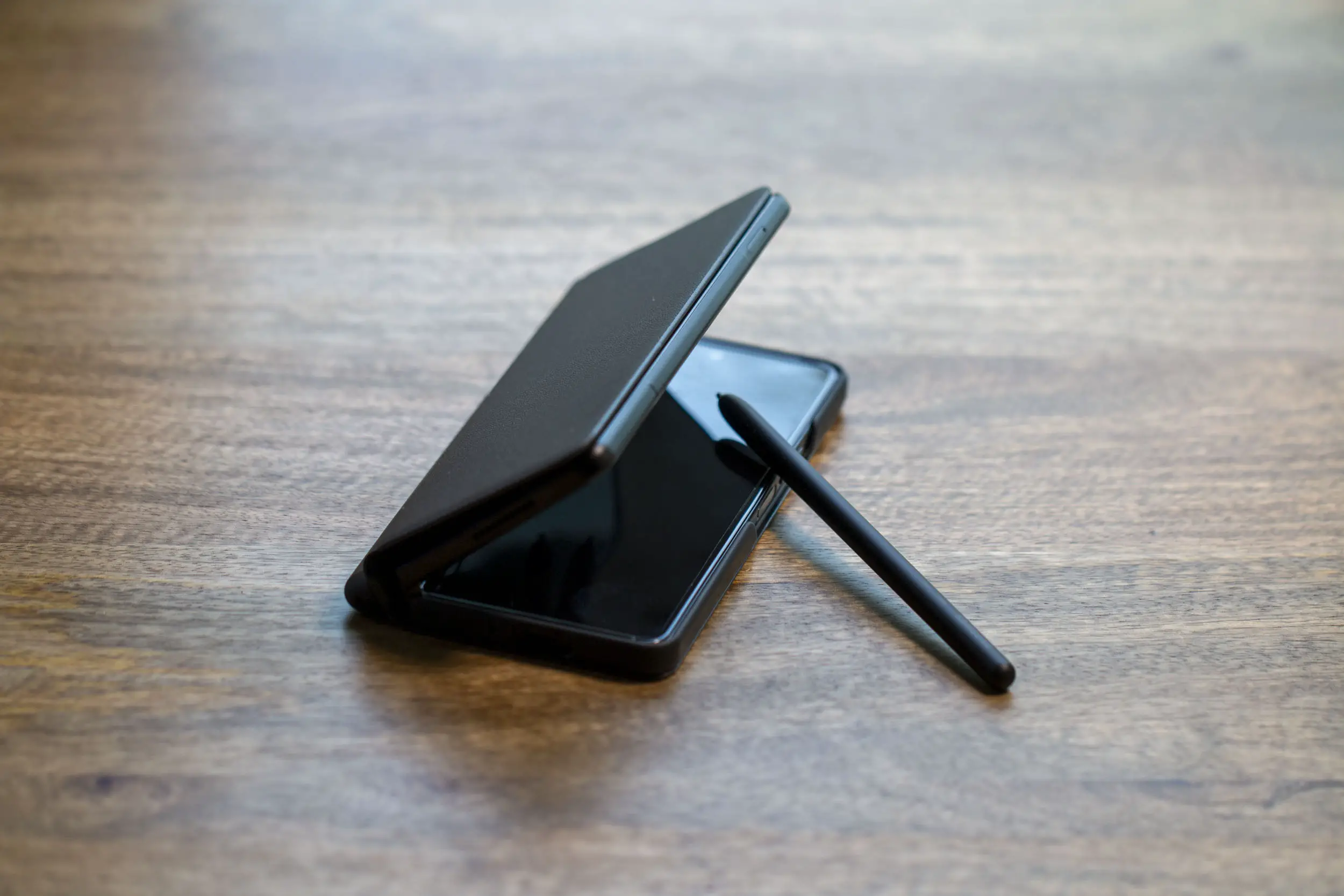
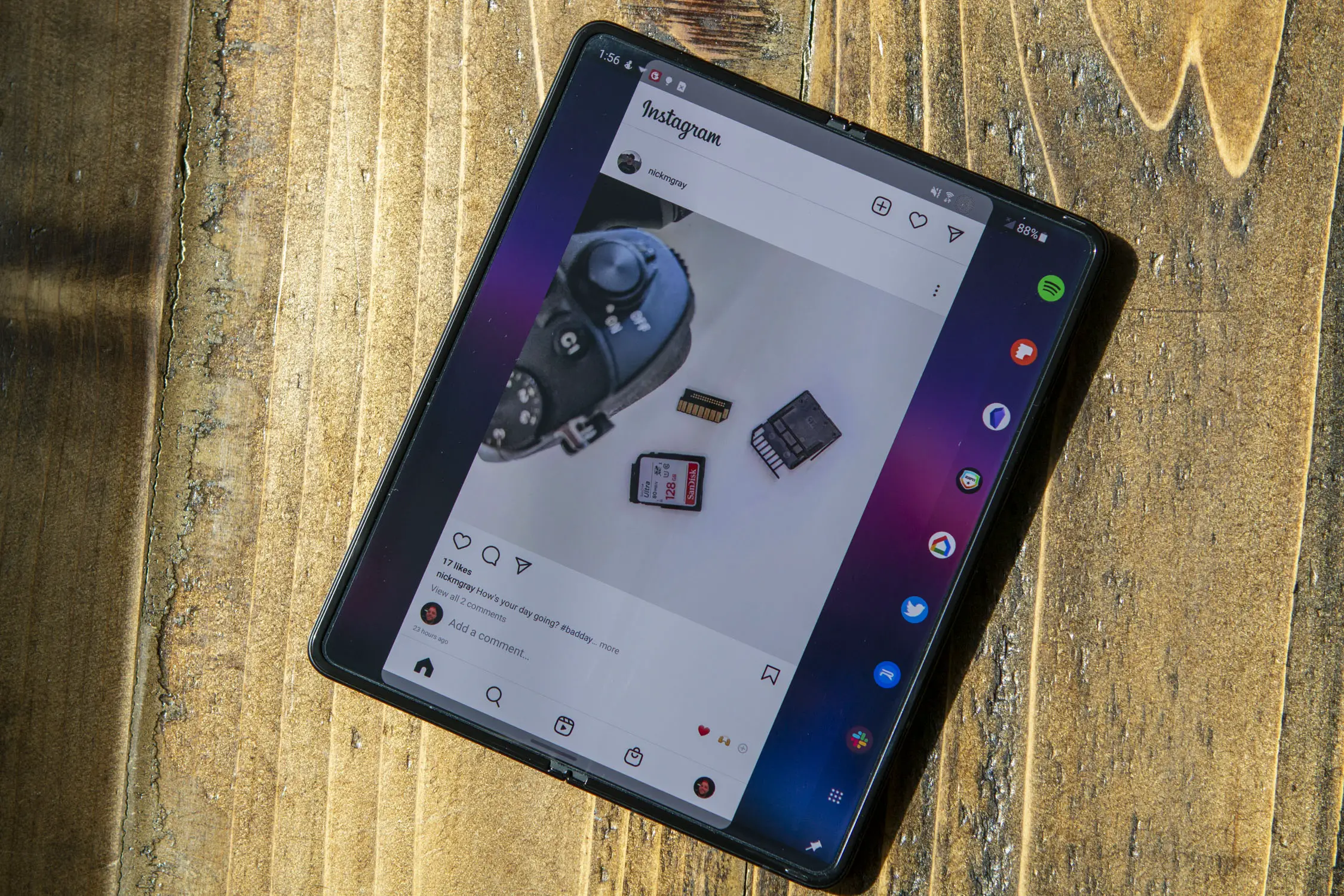
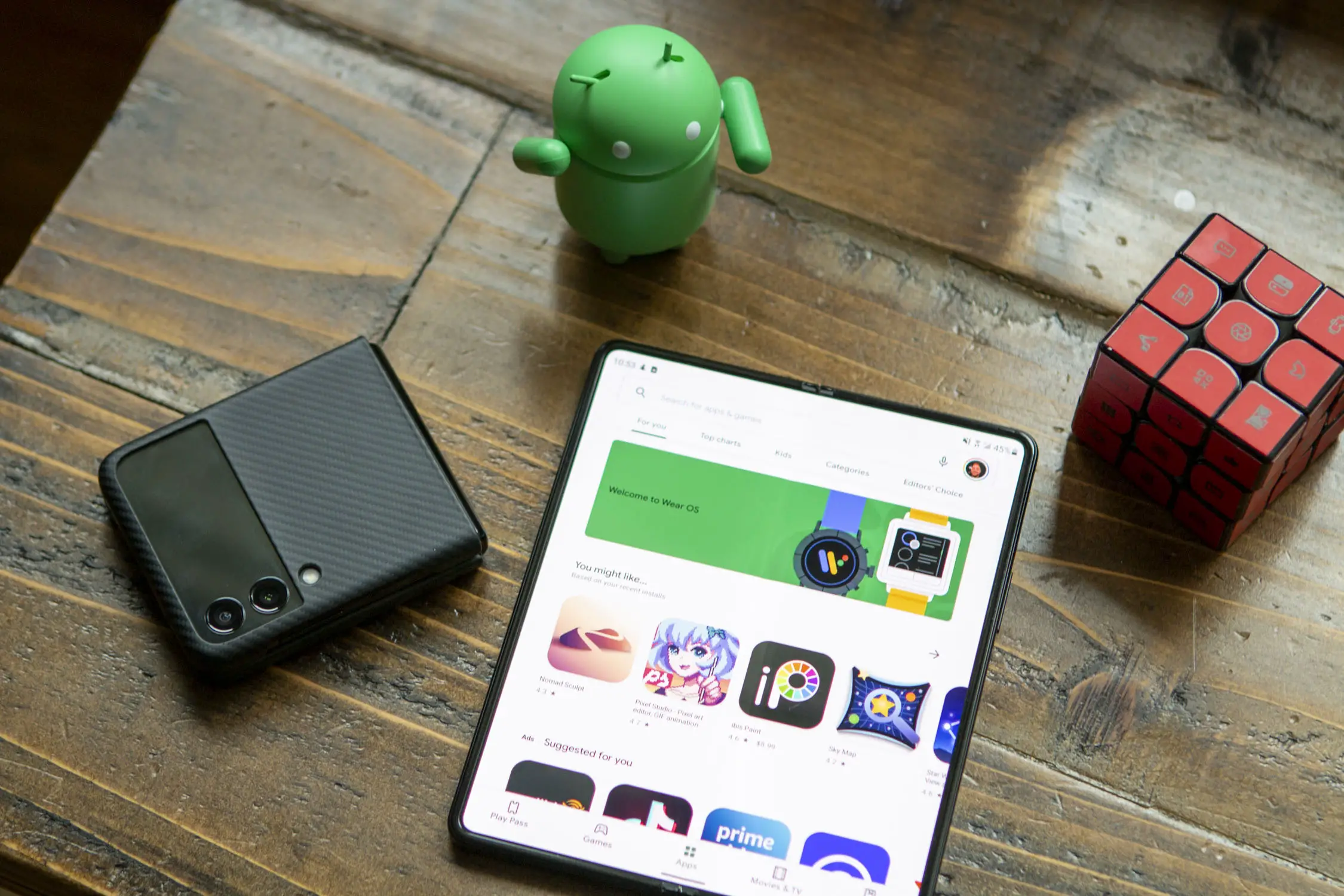

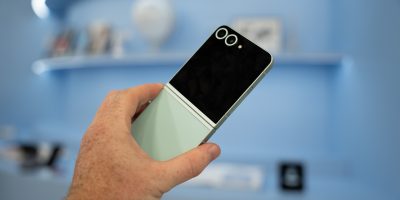

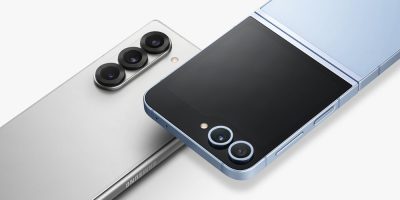






Comments